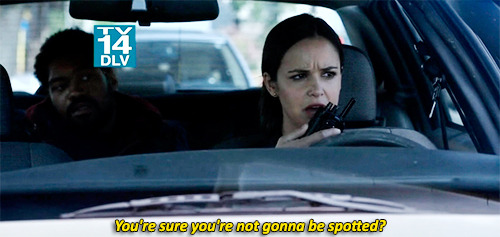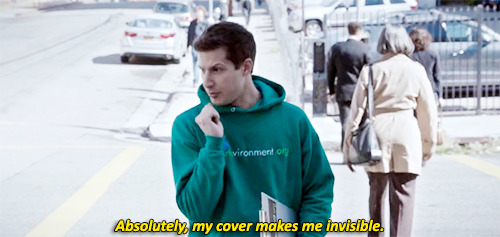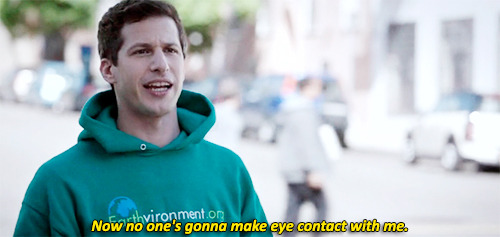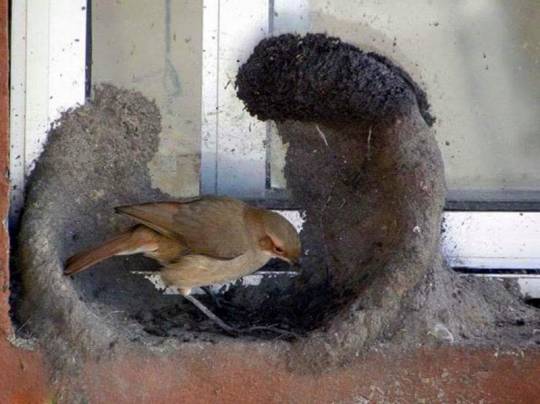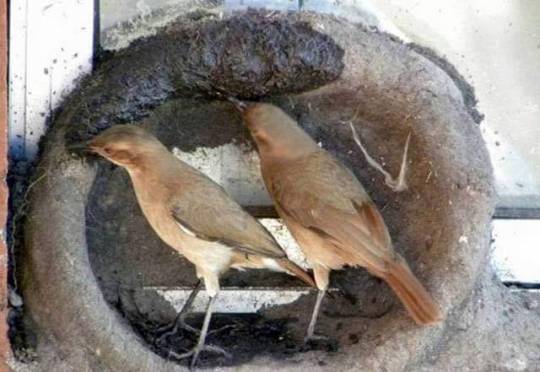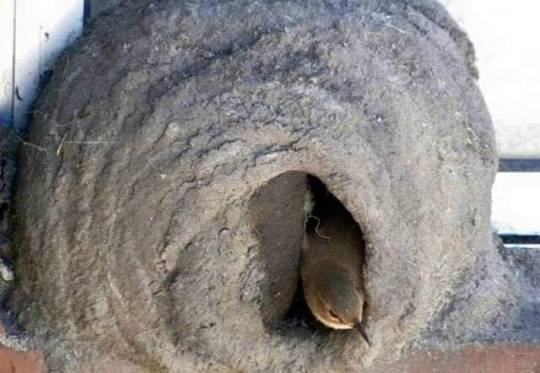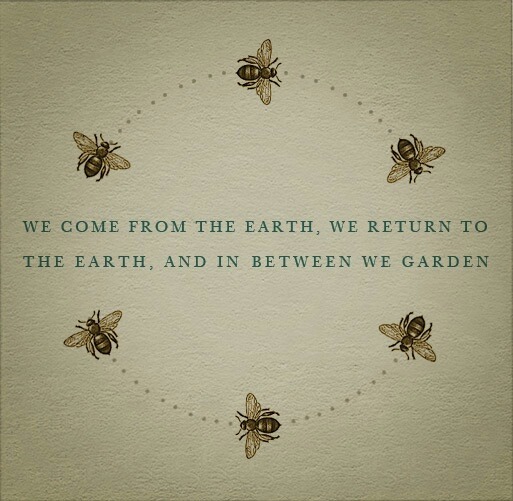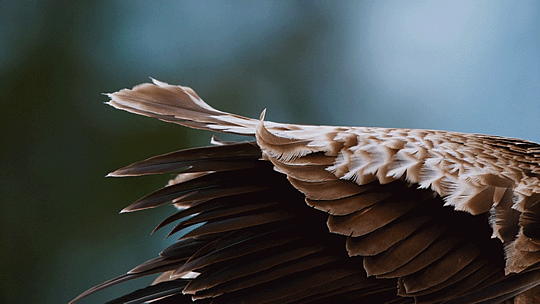nature sideblog of things I see, grow and take care of zone 8a follow backs are from main account, discountmetaphors
Don't wanna be here? Send us removal request.
Photo
White forsythia is a thing?! 😍



the flowers of white forsythia (Abeliophyllum distichum)
96 notes
·
View notes
Link
For all my plant/flower loving friends, Cheerios is doing a “Bring Back the Bees” event and in partnership with Veseys they’re giving away 100million wildflower seeds, go sign up for some while you can :)
6 notes
·
View notes
Photo

In 18th-century England, it was fashionable for wealthy estate owners to hire people to dress as druids, never wash themselves, grow their hair and nails as long as possible, and live in their gardens as ‘ornamental hermits.’ Source


9K notes
·
View notes
Link
Bobrycki was calling attention to the fact that, long before Yosemite became a popular tourist destination, the Ahwahneechee Indians who resided in the region knew it as “Ahwahnee,” or “gaping mouth-like place.” During the Mariposa War in 1851, California soldiers “discovered” the valley while pursuing the Ahwahneechee. The soldiers expelled the Ahwahneechee and renamed their valley “Yosemite.” But the Ahwahneechee returned, and worked humiliating jobs entertaining tourists as “Indian performers” to remain in their homeland. The national park finally evicted the last of them and burned down their remaining homes in a fire-fighting drill in 1969.
…
Historian William Cronon began unearthing the forgotten stories of indigenous peoples in the 1980s, followed by others like Mark Spence and Karl Jacoby. Their writings revealed the displacement hidden within enduring romantic ideas about national parks.
“Conservation is used as a tool of colonialism,” Jacoby told HuffPost. “Conservation is basically trying to say that ‘We the state and the state bureaucracies, have the appropriate knowledge to manage the environment in the best way,” rather than indigenous peoples and other prior inhabitants.
Jacoby’s first book, Crimes Against Nature, draws on case studies from the Adirondacks, Grand Canyon and Yellowstone to demonstrate the history of displacement that underlies American conservation.
“In the 19th century, there is a very strong critique of native environmental practices in a lot of the conservation literature that you read,” said Jacoby. “The only way you can come in and say ‘We [the state] need to manage this space and manage the environment,’ is you have to in some ways present the current managers of it — the native peoples — as incompetent.”
Native peoples, like the Ahwahneechee, however, did not leave their homes in the parks of their own accord and often had to be removed and kept away from their homelands by force. The United States Army, for example, was stationed at Yellowstone from 1886 to 1918 to keep out indigenous peoples and others with the threat of violence.
MORE
via @chicanochamberofcommerce
2K notes
·
View notes
Photo

Human vertebrae vs Humpback Whale vertebrae! Comparative anatomy is always a fun game at www.Prehistoria.ca!
1K notes
·
View notes
Text
Honestly something that bothers me more than most things is having my compassion mistaken for naivety.
I know that another fish might eat this bullfrog right after I spend months rehabilitating it.
I know that turning a beetle back onto its legs won’t save it from falling over again when I walk away.
I know that there is no cosmic reward waiting for my soul based on how many worms I pick off a hot sidewalk to put into the mud, or how many times I’ve helped a a raccoon climb out of a too-deep trashcan.
I know things suffer, and things struggle, and things die uselessly all day long. I’m young and idealistic, but I’m not literally a child. I would never judge another person for walking by an injured bird, for ignoring a worm, or for not really caring about the fate of a frog in a pond full of, y’know, plenty of other frogs.
There is nothing wrong with that.
But I cannot cannot cannot look at something struggling and ignore it if I may have the power to help.
There is so much bad stuff in this world so far beyond my control, that I take comfort in the smallest, most thankless tasks. It’s a relief to say “I can help you in this moment,” even though they don’t understand.
I don’t need a devil’s advocate to tell me another fish probably ate that frog when I let it go, or that the raccoon probably ended up trapped in another dumpster the next night.
I know!!!! I know!!!!!!! But today I had the power to help! So I did! And it made me happy!
So just leave me alone alright thank u!!!!
266K notes
·
View notes
Photo

We’re all entitled to lazy days sometimes. Don’t believe us? Meet Alawa (“the lazy howler”), a beautiful Canadian/Rocky Mountain gray wolf who lives at the Wolf Conservation Center in South Salem, NY. In this delightful video she’s enjoying a relaxing nap on the ground when she hears her fellow wolves begin to howl. Her instincts kick in and she joins in the howl…sort of.
But even a lazy wolf’s howl is an awesome sound:
youtube
[via Neatorama]
8K notes
·
View notes
Photo

Sowing the Seeds of Hope by Althytrion
231 notes
·
View notes
Text
dark bee tumblr show me the forbidden bees
115K notes
·
View notes
